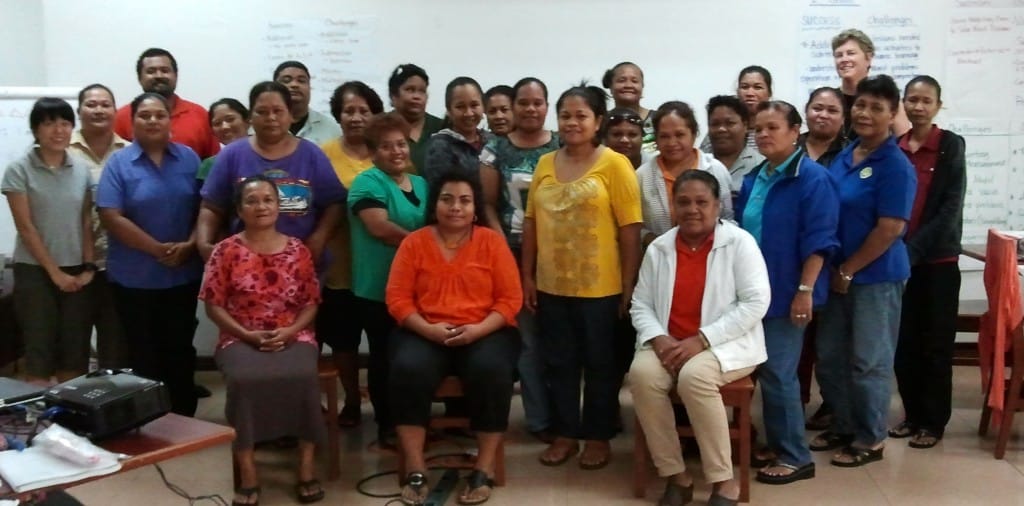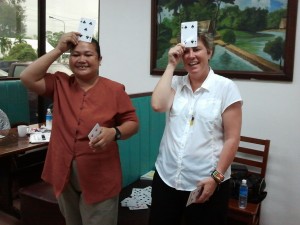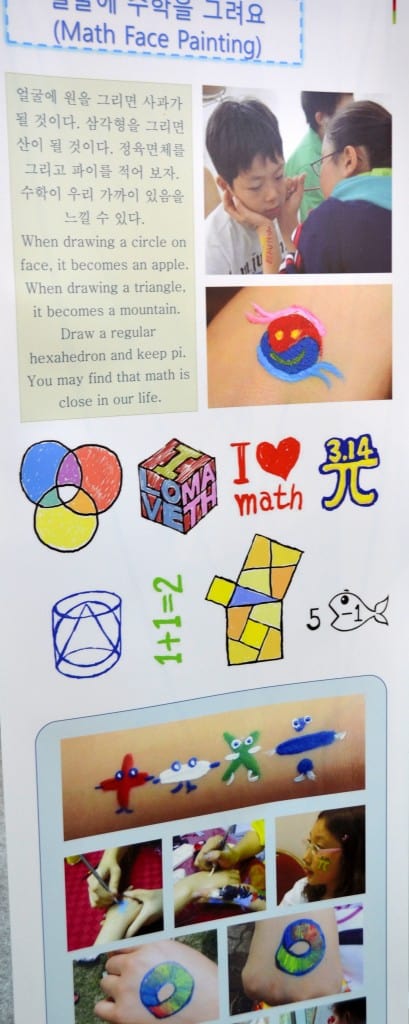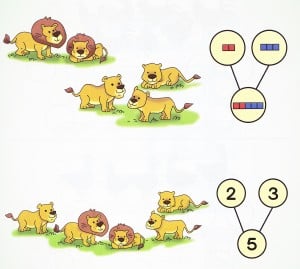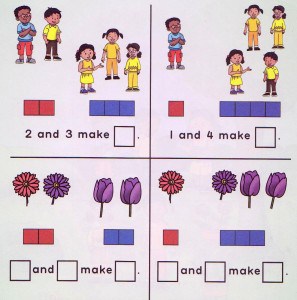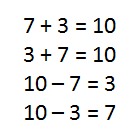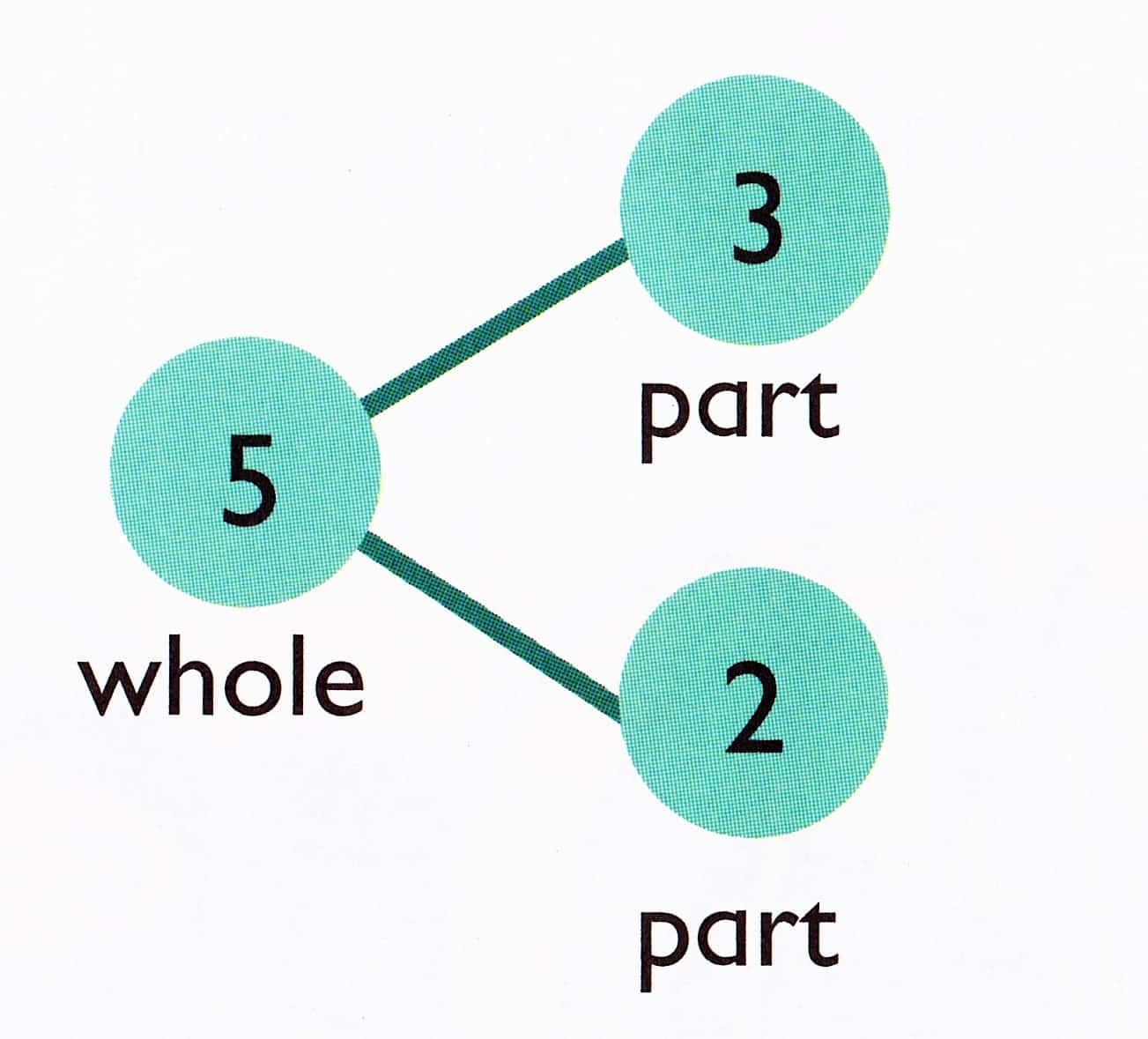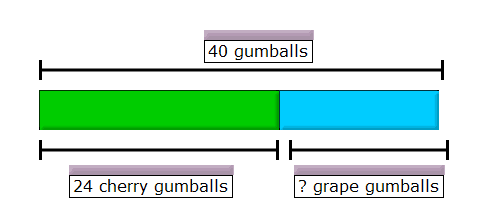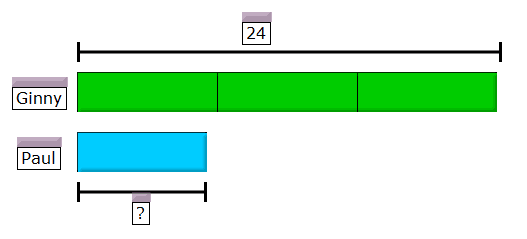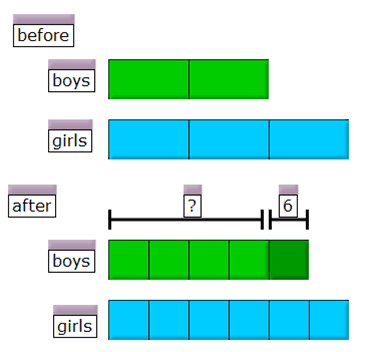I’ve been out of touch for a few weeks, here’s the scoop….
The Republic of Palau is now using Primary Mathematics, U.S. Edition! Earlier this year the Republic’s Ministry of Education (MOE) released a request seeking the services of a Singapore Math Trainer to work with teachers and MOE staff. I submitted a bid and was honored to be awarded the contract.
The last 2 1/2 weeks found me in Koror, Palau, working with the teachers on the Singapore materials and elementary school content knowledge. One week was focused on Grades 4-6, which will begin using Primary Mathematics this fall. A second week was spent with teachers of Grades 1-3. They used the materials last year, so we spent time analyzing successes and addressing challenges they found.
It was enlightening and so much fun working with them for two weeks on content and the Singapore strategies. Sulang!
Melanie and I are playing Salute! – Squared. A third person is squaring our numbers and adding them together. They give us the sum and based on seeing the other card, we need to figure out what card we are each holding to out foreheads.
Currently, I am attending the International Conference on Mathematics Education (ICME-12) learning about current education research and sharing experiences with educators from around the world.
Included as part of the conference is the Mathematical Carnival with activities for students. How often do you see this in the U.S. – Math Face Painting!
More on the ICME-12 to come…
